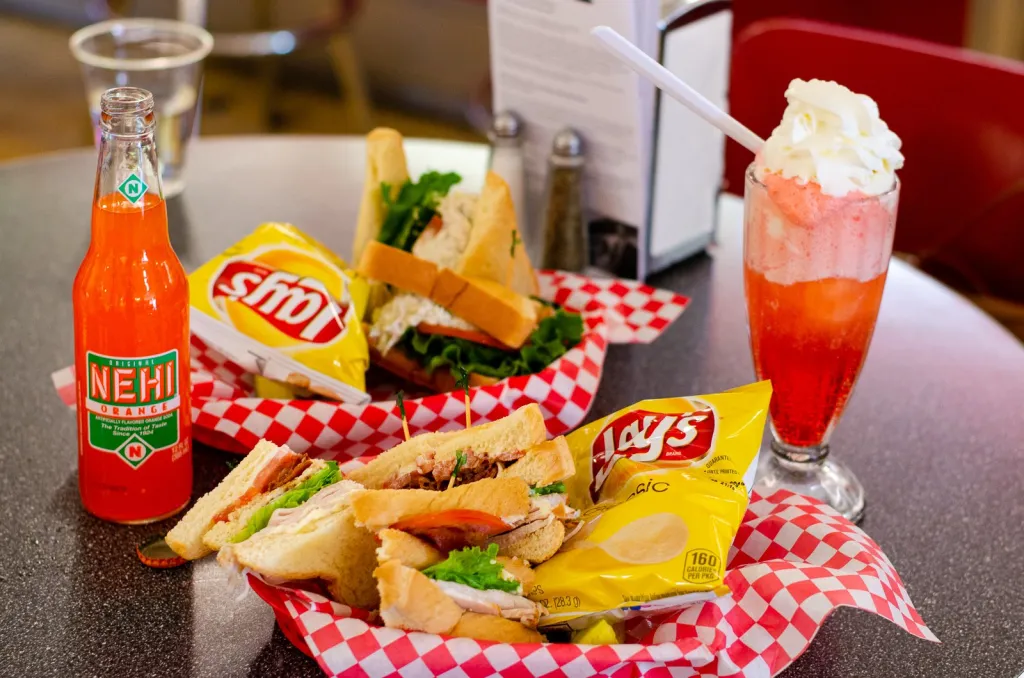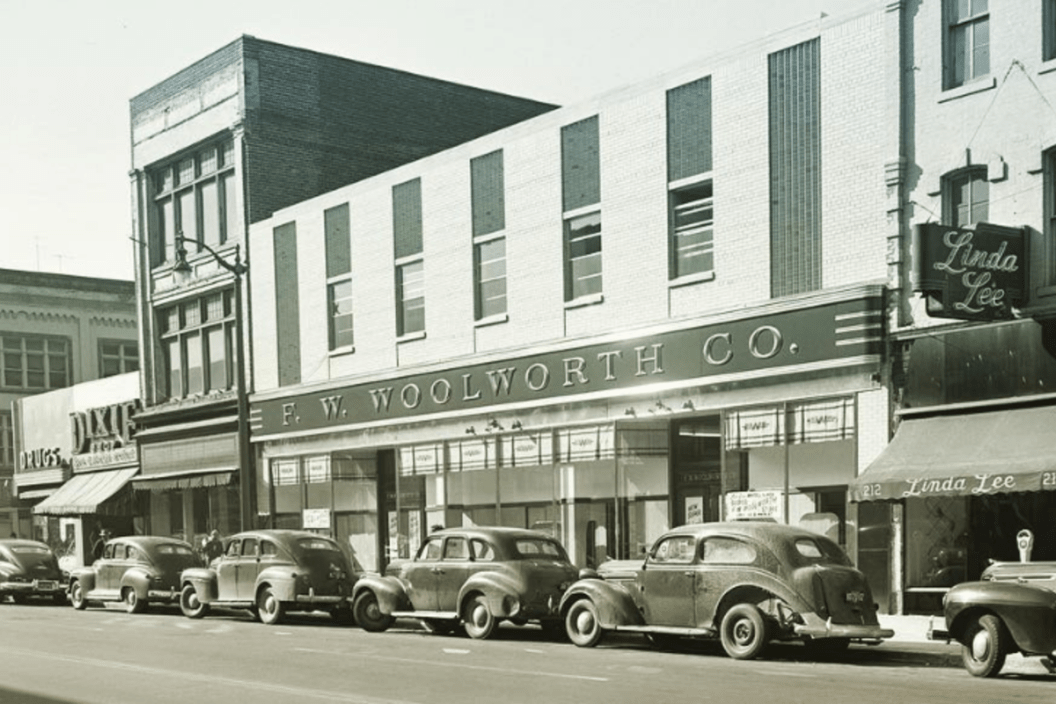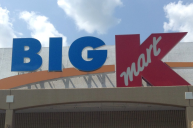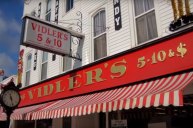Before the rise of online shopping, malls, and department stores there were general stores. Stores filled to the brim with everything from nuts and bolts to fix broken screen doors to bags of flour and sugar. The store was serviced, meaning that an employee or stock-boy would grab each of your items on your list for you.
Videos by Wide Open Country
Many young boys worked as stock-boys to earn wages, including Frank Winfield Woolworth, who would eventually open up his own retail empire, F.W. Woolworth Co. Working at Augsbury & Moore's Drygoods in Watertown, Frank Woolworth cleaned the windows, stocked the shelves, and arranged items in the front window. He noticed early on that most items in the store didn't carry a price tag, prompting Frank to question the business practices of the store.
Accounts show that during his time working for Moore, F.W. Woolworth heard a rumor about a store selling wares at a certain price-point from a traveling salesman. He set up a table in the store and filled it with merchandise that usually didn't sell well, like baby bibs and sewing thimbles and priced them all at 5 cents. Shoppers couldn't help but buy the items.
Seeing the success of his experiment and wanting to jump at the chance to start his own business, F.W. Woolworth opened his own five-cent store in Utica, New York with $321 worth of 5-cent goods. It closed within weeks but that was just the beginning.
The Beginning
The year was 1879. After his first failed attempt, Woolworth traveled to Lancaster, Pennsylvania to try his luck once more and this time it stuck. Woolworth's Great Five Cent Store was in business, offering discounted general merchandise at five and ten cents. It was one of the first stores to put the merchandise in front of the customer rather than rely on a store clerk. At the time it was revolutionary.
In 1884 F.W. Woolworth started persuading his friends and family to open up their own stores. They were invited to be a part of "friendly rival syndicate", all looking the same but operated under the founder's name. His brother, Charles Sumner Woolworth, was one family member who agreed to go into business with him. All of the merchandise came from Frank Woolworth, encouraging all the stores to maximize their inventory.
It wasn't until 1912 that the stores were incorporated and took the name F. W. Woolworth Company. At the time there were 596 stores in the merger. One year later in 1913 the Woolworth building in Manhattan in New York City was completed. The skyscraper kept its title as the tallest building in the world until 1930.
Only a few years later in 1919, Frank Woolworth, the founder of Woolworth's, died in Glen Cove, New York due to poor health. As he got older, Woolworth suffered violent mood swings and had to be bedridden for weeks on end. He was found dead from septic poisoning due to an untreated tooth infection just three days after he left work, complaining of a headache. One obituary stated: "He made his money not by selling a little for a lot, but by selling a lot for a little."
Woolworth's sold cheap items at a cheap price. Woolworth's was known as the "the poor person's department stores," according to historian Alan R. Raucher. People mocked the items that were sold as well as the clientele who shopped there.
Keeping prices low became a large challenge in the 1930s. After 55 years you could no longer go into the store and buy anything for a nickel or a dime. The company raised the prices to twenty cents, then in 1935 the board decided that "the selling-price limit of twenty cents on merchandise be discontinued." The era of buying with pocket change was over.
Greensboro Sit-ins
On February 1st, 1960, four black students sat down to eat at the segregated lunch counter at an F.W. Woolworth in Greensboro, North Carolina. Just a few minutes before, the men, which are also known as the A&T Four, had bought toothpaste and other products at the desegregated counter. However, once they sat down at the segregated counter, they were refused service when they asked for a cup of coffee. The store policy forbad service of black men at the "whites only" counter, so instead, the men stayed at the counter until closing to protest the inequality of segregation.
That night they went back to the North Carolina A&T University campus where they requited more members to help them protest silently. 20 students showed up on February 2nd, and the group was harassed by white shoppers. The news crews showed up and the civil rights movement was slowly growing.
By February 4th, 300 people were protesting and expanding their protest to a nearby Kress store. Students protesting in cities all over the south including Nashville, Durham, Jackson, Mississippi, and Lexington. Months went by and students began to boycott the stores. Then on Monday, July 25th, 1960, Store Manager Clarence Harris finally asked three black employees to remove their work uniforms and sit at the counter and order a meal. This was after he lost nearly $200,000 in sales.
It took until 1965 for all American Woolworth stores to desegregate.
The Fall
The 1960s were a rough time for the Woolworth name. Not only had they lost profits due to boycotts, but they had also gained competitors. Sam Walton opened his first Wal-mart, S.S, Kresge Company opened Kmart, and Dayton's opened Target. Retailer and department store chains were taking over the traditional five-and-dime stores and offering prices and convenience small stores could not. Woolworth's own chain, Woolco closed in the United States in 1983.
In October of 1993, Woolworth's closed over 400 general variety stores in hope to gain profits. On July 17, 1997, the last Woolworth's store was closed and the company renamed, becoming Foot Locker Inc (which Woolworth started all the way back in the '70s).
Today

Lyndsay Burginger
Even though the company went under in the '90s, Woolworth lunch counters are still alive and true in the 21st century. One such place is the Woolworth Walk, located in Asheville, North Carolina. Located inside the original F.W. Woolworth building sits a unique art gallery and soda fountain complete with old-time favorites. The original store was established in 1938 and in 2001 it was restored to showcase a piece of the past. In fact, the building has received two Griffin Awards for Historic Accuracy.
Step back in time and enjoy an Egg Cream and a grilled tuna melt. Manager Erin Kellem shares that the building holds a bit of nostalgia. "Previous generations had the Woolworth 5 and 10 cent stores," She shares to Mountain Xpress, a local publication. "The nostalgia that many customers walk in with is obvious. They are excited to be in a Woolworth's again and excited to find over 160 local artists in such a great setting, and they are thrilled to find that they can get lunch or an ice cream treat at the soda fountain." Just like the old days.
There is also a chain of stores in Australia, The United Kingdom, New Zealand and South Africa that bears the same name. This chain of retail stores is not owned by the American company but rather The Woolworths group, with no connection to F.W. Woolworth Co.




